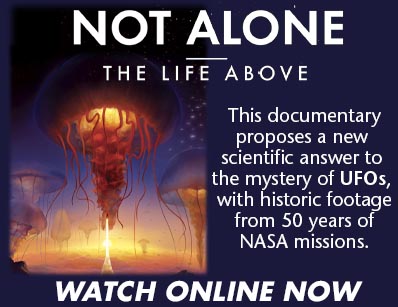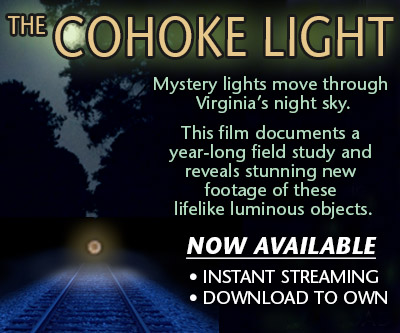HYPOTHESIS
The Living Sky explores a simple hypothesis:
Our atmosphere may provide habitats for a wide variety of living things.
Earth’s atmosphere is a vast environment, with about five million times more volume than our planet’s oceans. Rich with water, minerals, and energy, it provides all the resources of a habitat to support a range of life.
Earth’s oceans provide homes for an astounding diversity of life. Marine invertebrates are some of the most successful in numbers and variety. They are perfectly adapted for life in a fluid environment.
There is no hard line between sea and sky. We find instead an interface of exchange, with water, minerals, and energy moving in a complex but unified planetary system.
People have long seen a variety of objects moving through the atmosphere. Many so-called UFOs, mystery lights, ball lightning, sprites, and other aerial phenomena share many characteristics of marine invertebrates, including appearance and behavior.
At least some of the phenomena that people observe in the sky may be living creatures.
Some may live entirely in the atmosphere. Some may spend part of their life cycle in the sky, perhaps moving from water to sky as they mature. Some may move freely between liquid oceans, rivers, and lakes and the gaseous atmosphere.
Invertebrates are not limited in size by a rigid skeleton. Marine invertebrates are some of the largest animals ever recorded. Aerial invertebrates may be larger yet.
There are many ways to test this hypothesis.
We can explore existing evidence. A wide variety of evidence seems to suggest that aerial phenomena may be living things. For example, our documentary NOT ALONE reviews amazing footage from 50 years of NASA’s space-based atmospheric observation.
The best way to test this hypothesis is to get new evidence.
Read more in THE SKY IS ALIVE.
Find out HOW YOU CAN HELP.
















